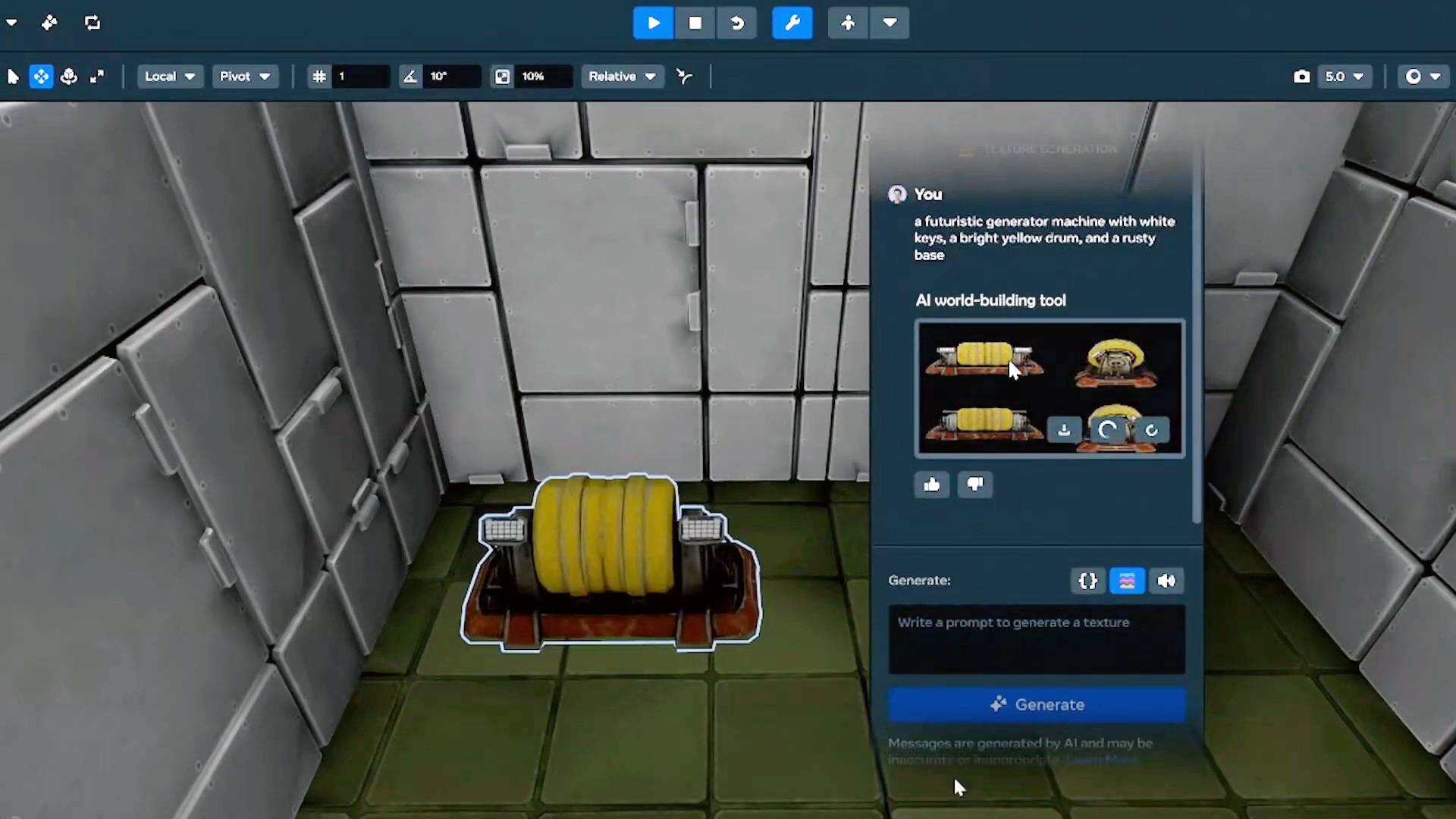Dramatically Decreasing the Time it Takes to Measure Asteroid Distances
We all know that asteroids are out there, that some of them come dangerously close to Earth, and that they’ve struck Earth before with catastrophic consequences. The recent discovery of asteroid 2024 YR4 reminds us of the persistent threat that asteroids present. There’s an organized effort to find dangerous space rocks and determine how far … Continue reading "Dramatically Decreasing the Time it Takes to Measure Asteroid Distances" The post Dramatically Decreasing the Time it Takes to Measure Asteroid Distances appeared first on Universe Today.
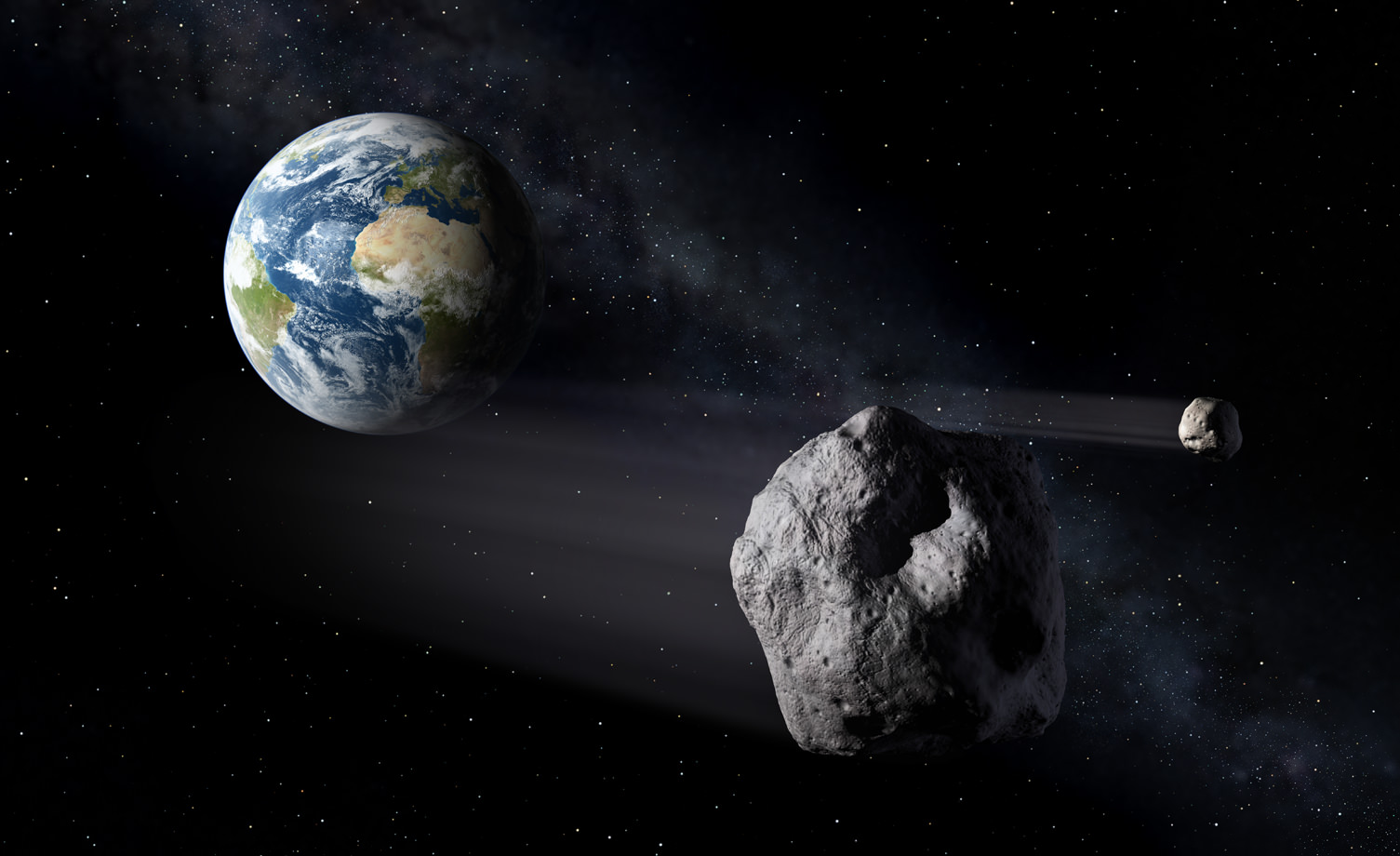
We all know that asteroids are out there, that some of them come dangerously close to Earth, and that they’ve struck Earth before with catastrophic consequences. The recent discovery of asteroid 2024 YR4 reminds us of the persistent threat that asteroids present. There’s an organized effort to find dangerous space rocks and determine how far away they are and where their orbits will take them.
A team of scientists has developed a method that will help us more quickly determine an asteroid’s distance, a critical part of determining its orbit.
Our asteroid concern is centred on NEOs or Near-Earth Objects. These are asteroids whose closest approach to the Sun is less than 1.3 astronomical units (AU). (A small number of NEOs are comets.) There are more than 37,000 NEOs, and while potential impacts are rare, the results can be catastrophic. Considering what happened to the dinosaurs, there’s not much room for complacency or hubris.
Large asteroids in the Main Asteroid Belt (MAB) are easier to study. Their large sizes mean they produce a bigger signal when observed, and astronomers can more easily determine their orbits. However, the MAB holds many smaller asteroids around 100-200 meters. There could be hundreds of millions of them. They’re big enough to devastate entire cities if they strike Earth, and they’re more difficult to track. The first step in determining their orbits is determining their distances, which is challenging and takes time.
Recent research submitted to The Astronomical Journal presents a new method of determining asteroid distances in much less time. It’s titled “Measuring the Distances to Asteroids from One Observatory in One Night with Upcoming All-Sky Telescopes” and is available at arxiv.org. The lead author is Maryann Fernandes from the Department of Electrical and Computer Engineering at Duke University.
The Vera Rubin Observatory (VRO) should see its first light in July 2025. One of its scientific objectives is to find more small objects in the Solar System, including asteroids, by scanning the entire visible southern sky every few nights. If it moves and reflects light, the VRO has a good chance of spotting it. However, it won’t automatically determine the distance to asteroids.

“When asteroids are measured with short observation time windows, the dominant uncertainty in orbit construction is due to distance uncertainty to the NEO,” the authors of the new paper write. They claim their method can shorten the time it takes to determine an asteroid’s distance to one night of observations. It’s based on a technique called topocentric parallax.
Topocentric parallax is based on the rotation of the Earth. In a 2022 paper by some of the same researchers, the authors wrote that “Topocentric parallax comes from the diversity of the observatory positions with respect to the center of the Earth in an inertial reference frame. Observations from multiple observatories or a single observatory can measure parallax because the Earth rotates.”
In the two years since that paper, the researchers have refined their method. The research expands on previous algorithms and tests the technique using both synthetic data and real-world observations.
“In this paper, we further develop and evaluate this technique to recover distances in as quickly as a single night,” the authors write in the new paper. “We first test the technique on synthetic data of 19 different asteroids ranging from ~ 0.05 AU to ~ 2.4 AU.”
The figure below shows the results of the test with synthetic data. Each asteroid was observed six times in one night, and two different equations were employed to process the data.

The researchers also tested their method by taking 15 observations of each asteroid over five nights (3 per night). In this test, Equation 1 performed poorly, while Equation 2 performed well.

Of course, the distance to the asteroid affected the accuracy of the measurements. The closer the object was, the more precise the measurement was. The paper notes that the method was able to recover distances “with uncertainties as low as the ~ 1.3% level for more nearby objects (about 0.3 AU or less) assuming typical astrometric uncertainties.”
After these tests with synthetic data, the team acquired their own single-night observations of two asteroids using a different algorithm. The real observations produced a less precise result, but it was still a meaningful improvement. The authors explain that they were able to recover distances “to the 3% level.”
So, what do all these tests, equations, and algorithms boil down to?
When we hear of an asteroid that could potentially strike Earth in a few years, people can wonder why the situation is so uncertain. Shouldn’t we know if an asteroid is heading straight for us? Trying to determine the orbit of these small rocks from tens of millions of km away is extremely difficult. An AU is almost 150 million km (93 million miles). 2024 YR, the latest asteroid of concern, is only 40 to 90 metres (130 to 300 ft) in diameter. Those numbers illustrate the problem.
If this method can improve the accuracy of our distance measurements and do it based on a single night of observations, that’s a big improvement.
The technique can be applied to data generated by the Vera Rubin Observatory and the Argus Array. According to the authors, “distances to NEOs on the scale of ~ 0.5 AU can be constrained to below the percent level within a single night.” As the study shows, the accuracy of those measurements from a single-site observatory depends heavily on the spacing between individual observations. If multiple observatories at different sites are used on the same night, the accuracy increases.

Though larger asteroids, like the one that wiped out the dinosaurs, tend to remain stable in the main asteroid belt, smaller asteroids are more easily perturbed and can become part of the NEO population. An impact from a smaller asteroid might not spell the end of civilization, but it can still be extremely destructive.
Anything humanity can do to understand the asteroid threat is wise. Many asteroids have struck Earth in the past, and it’s only a matter of time before another one comes our way. If we can see it coming in advance, we can try to do something about it.
Research: Measuring the Distances to Asteroids from One Observatory in One Night with Upcoming All-Sky
Telescopes
The post Dramatically Decreasing the Time it Takes to Measure Asteroid Distances appeared first on Universe Today.
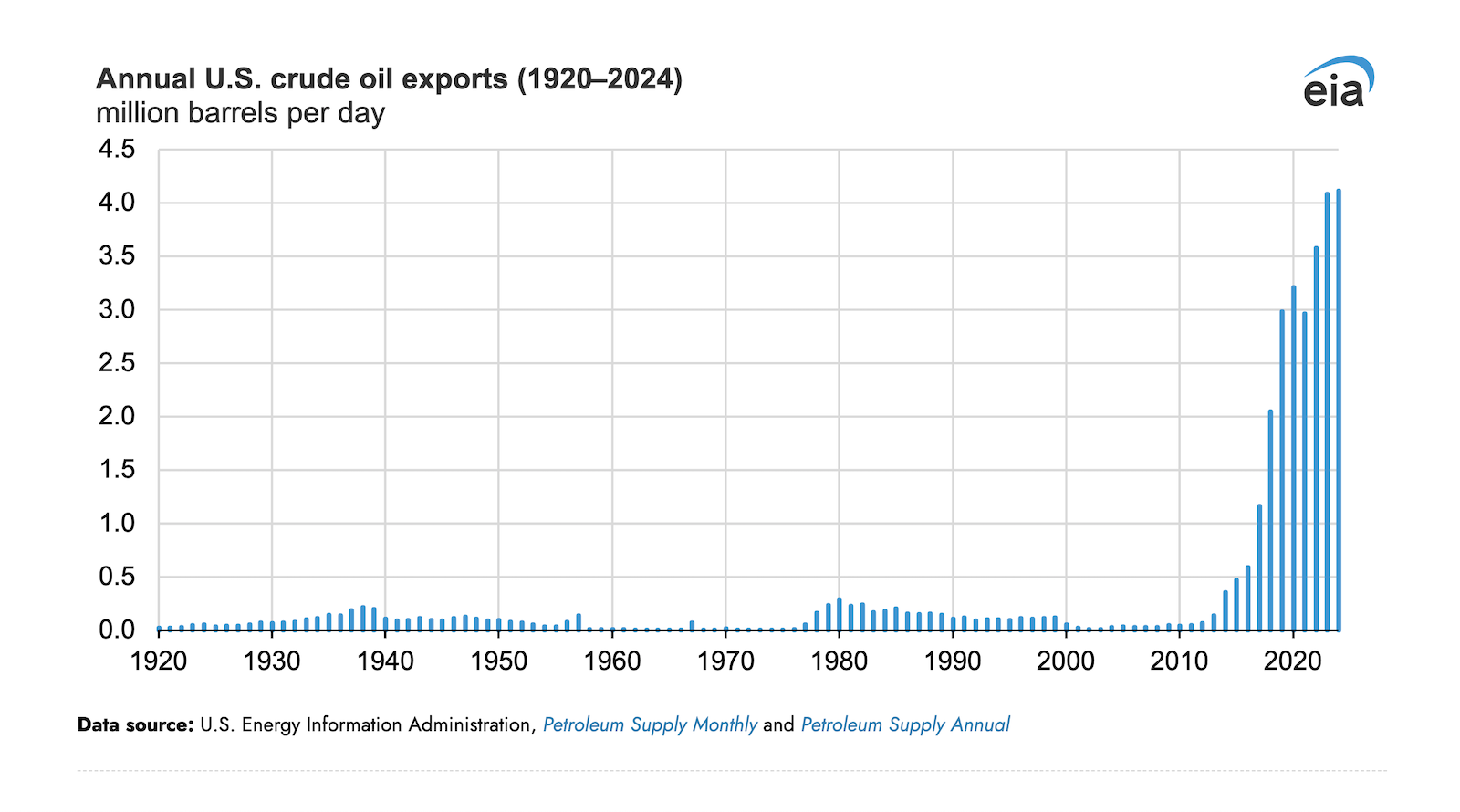




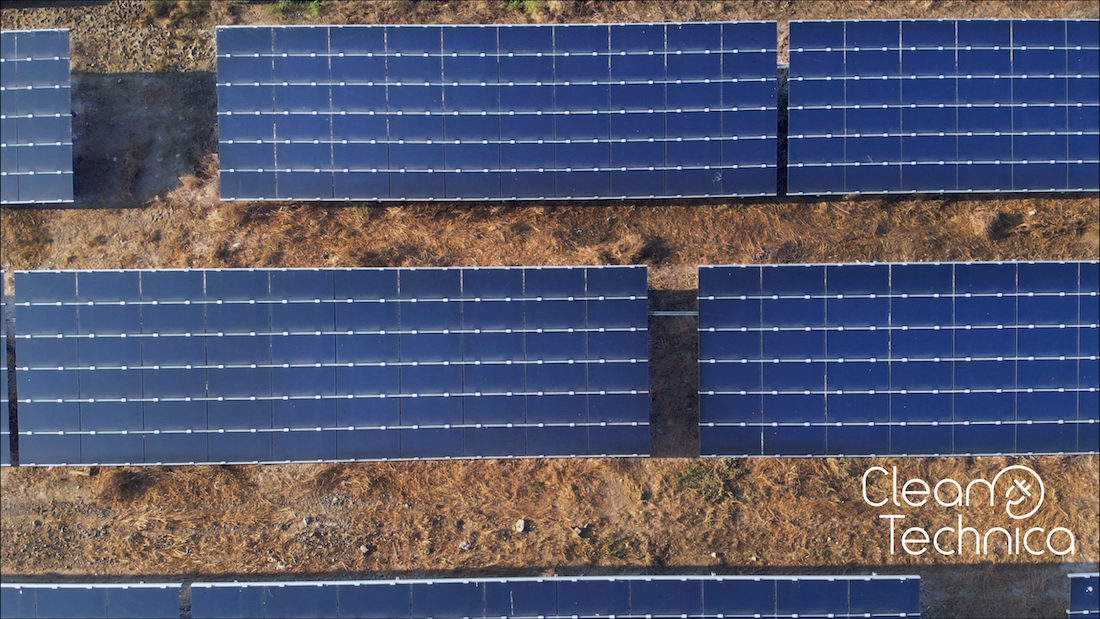
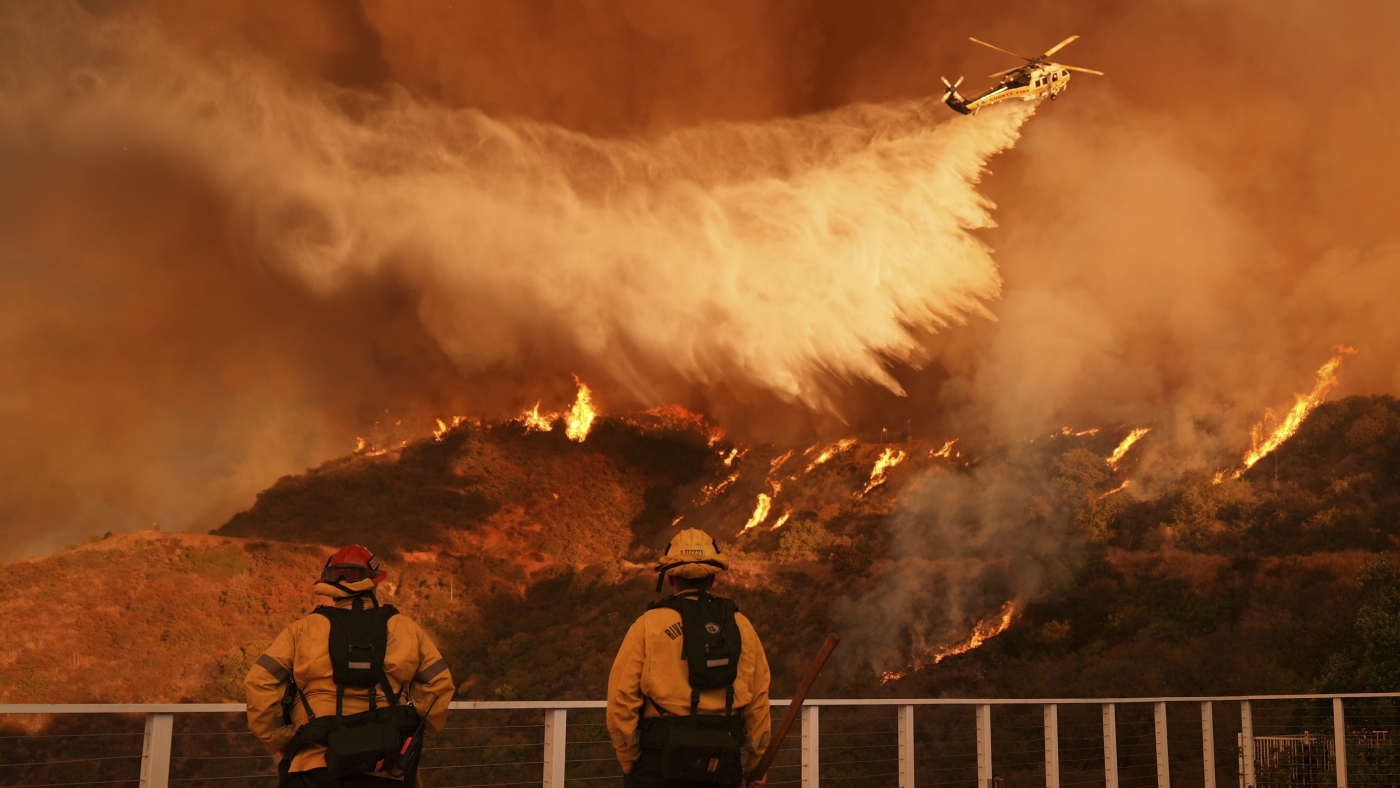






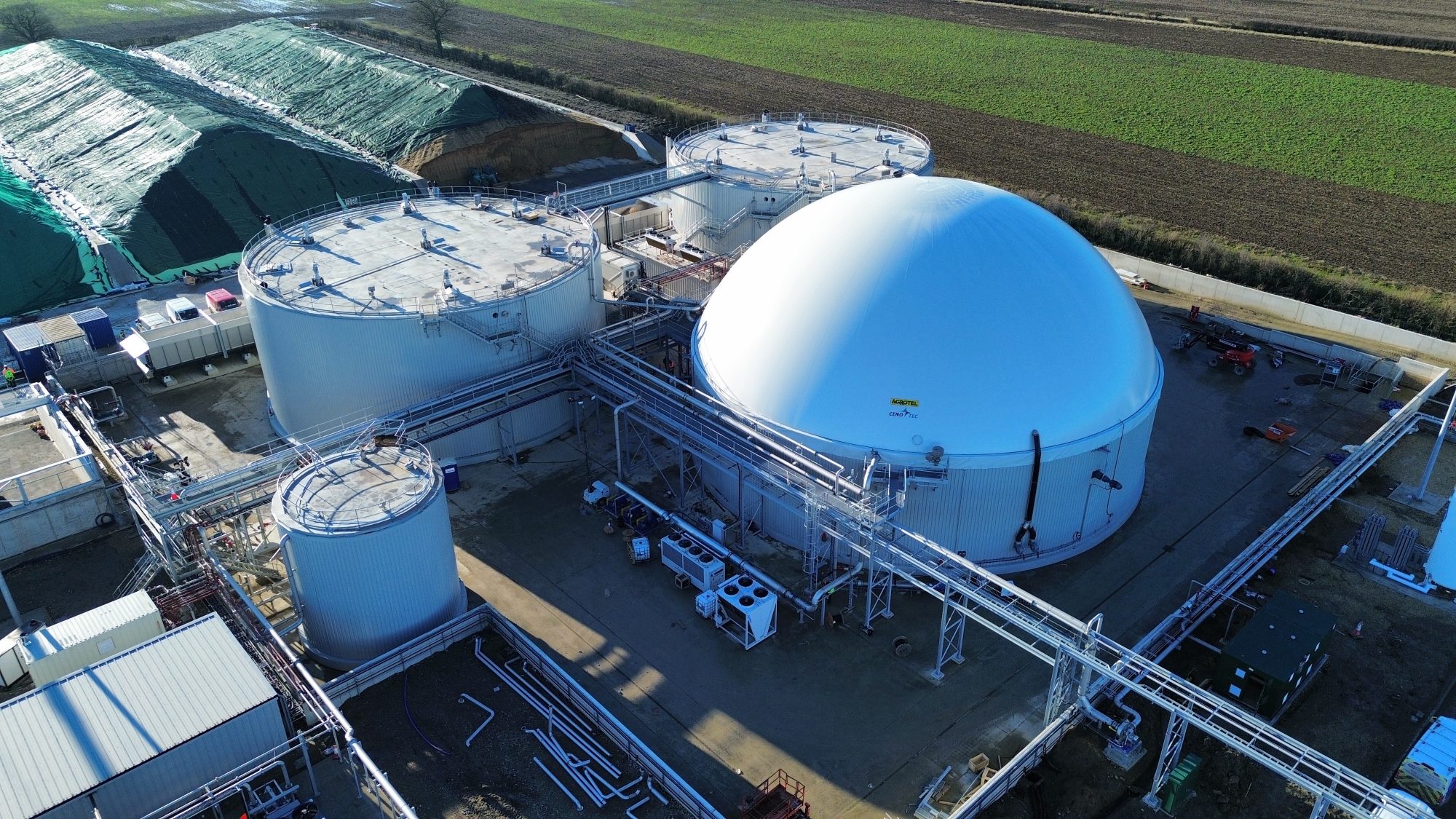










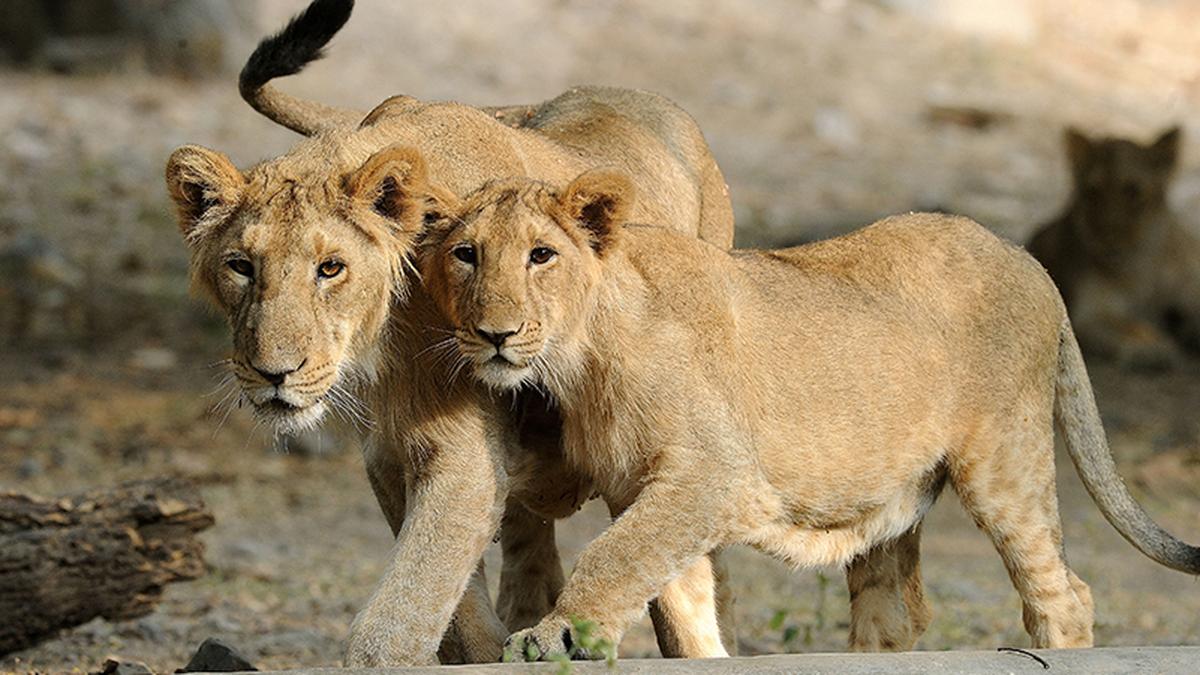







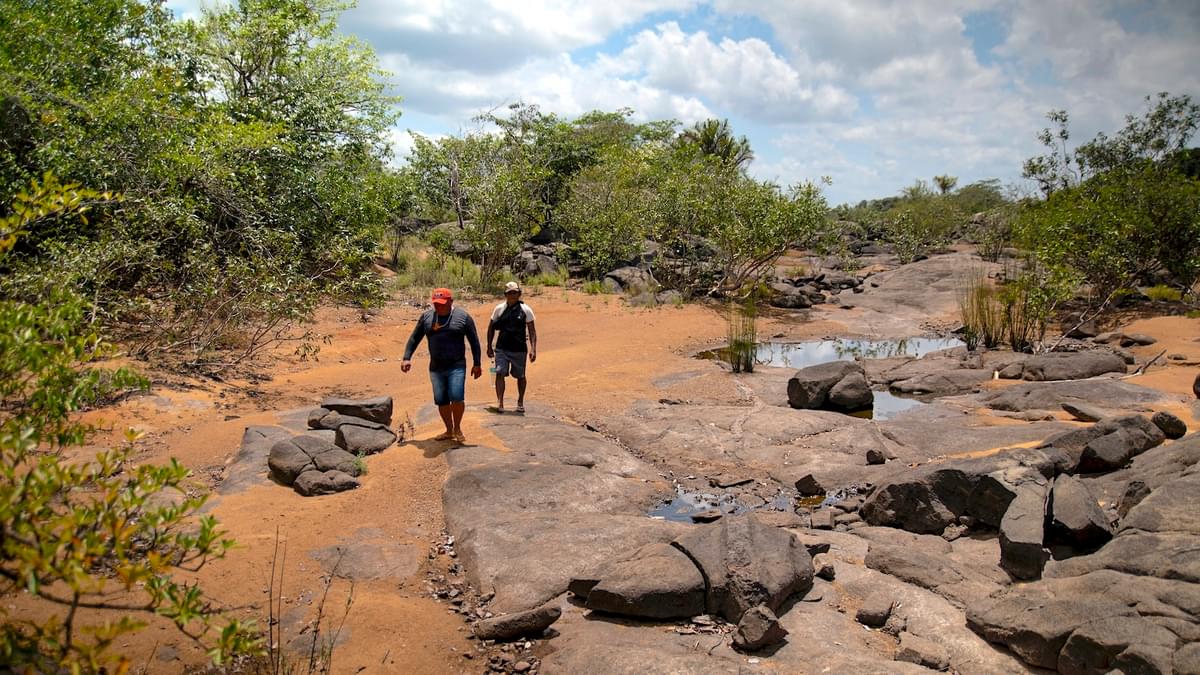

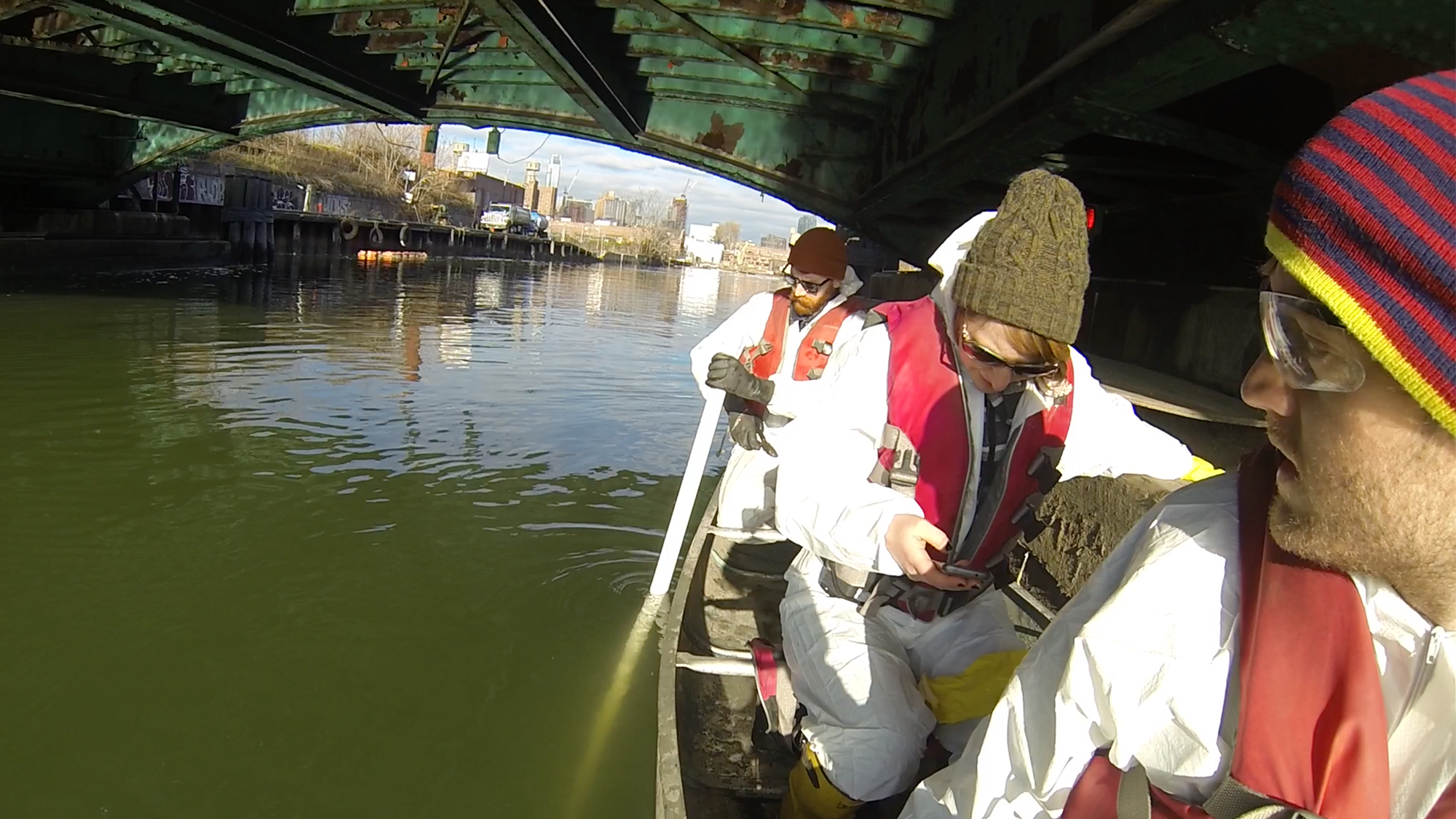


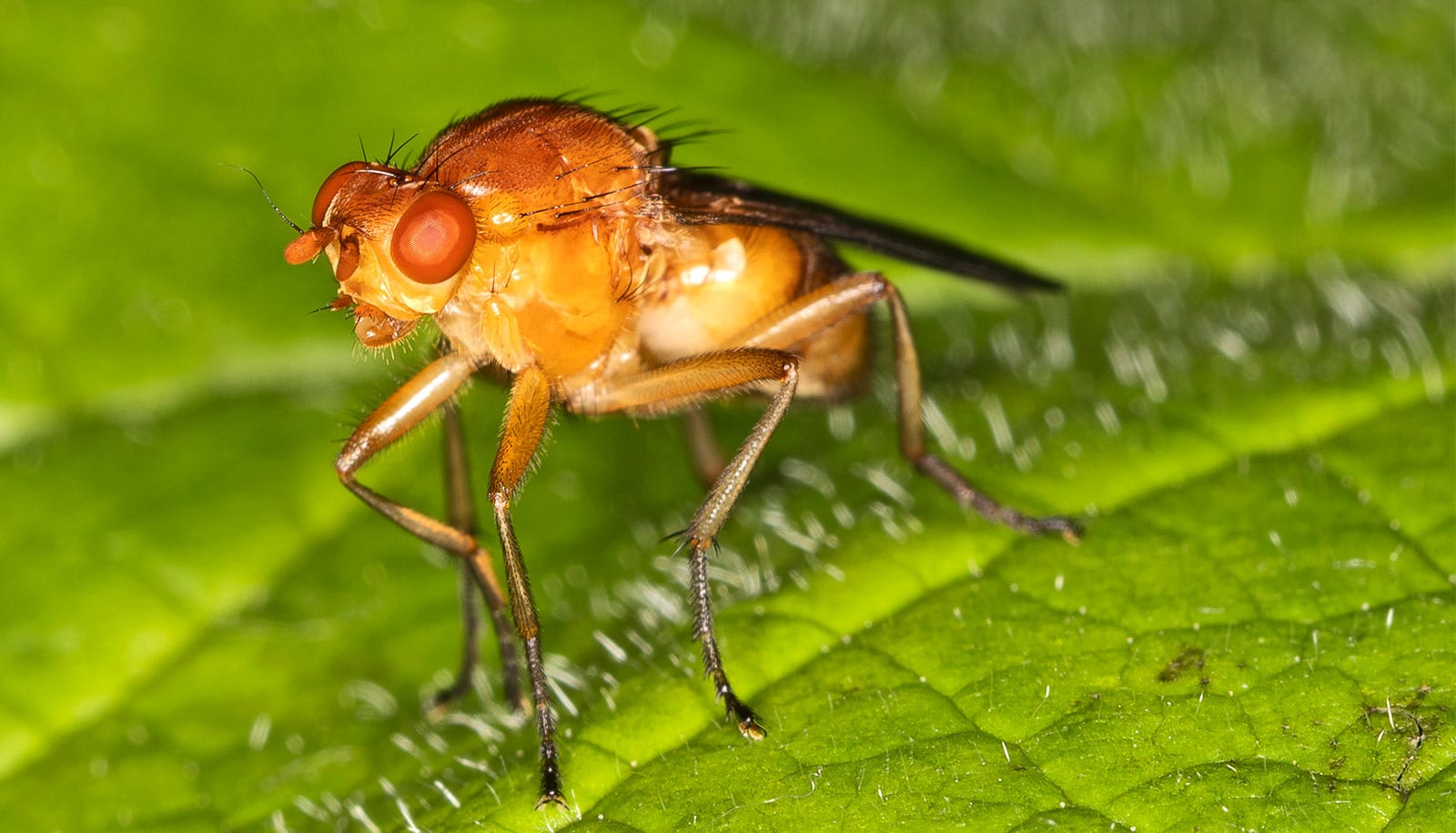



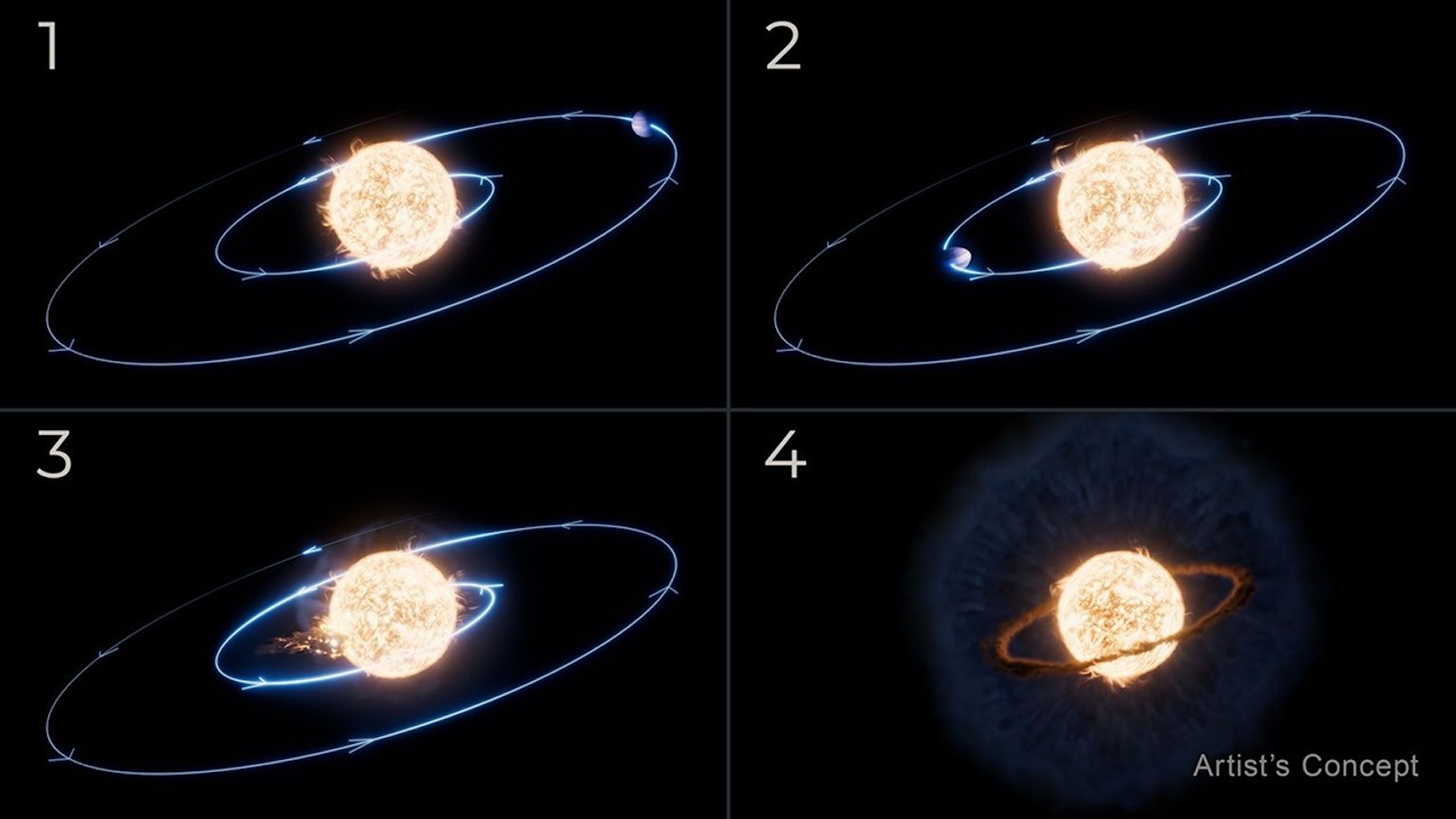


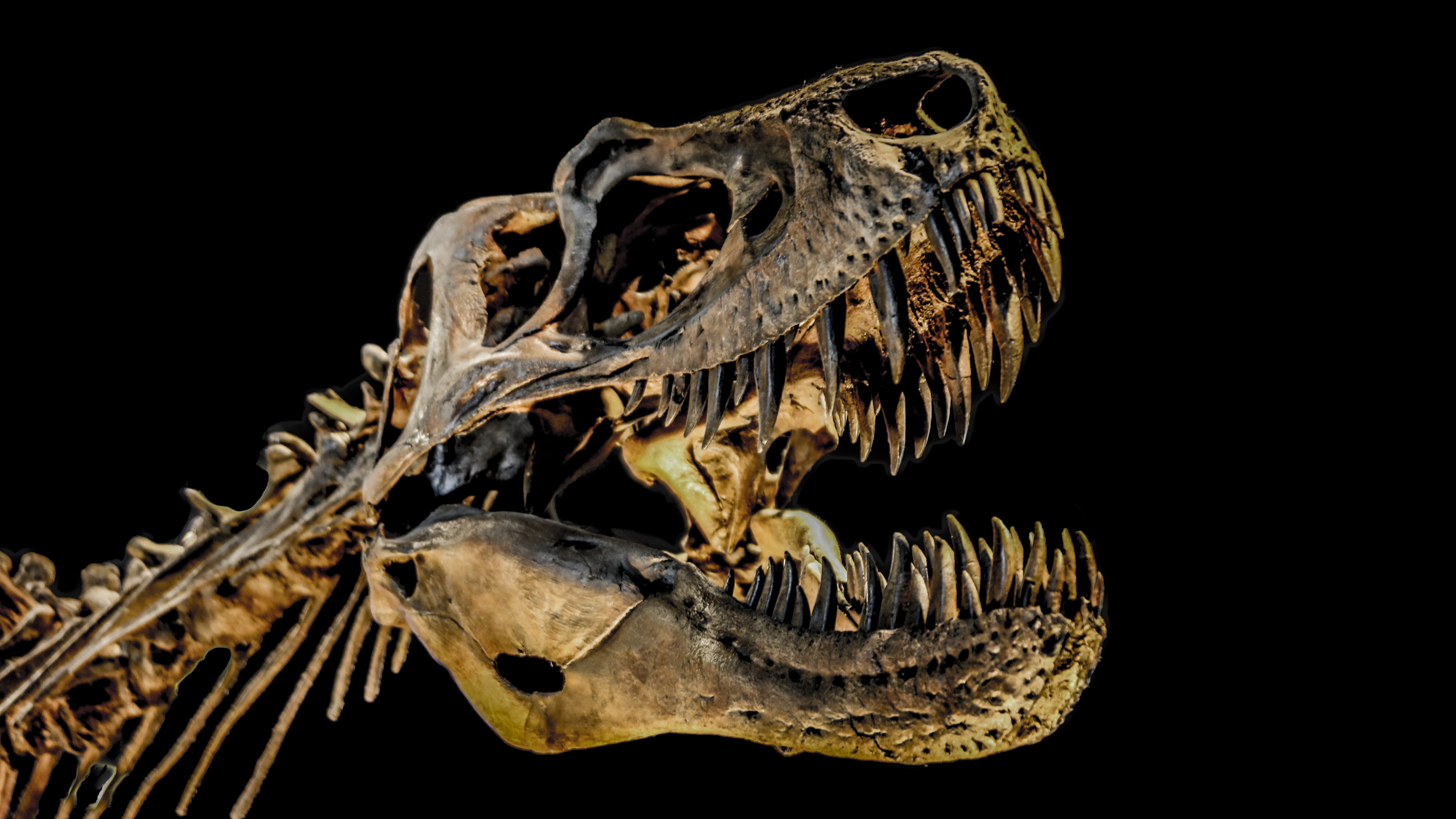
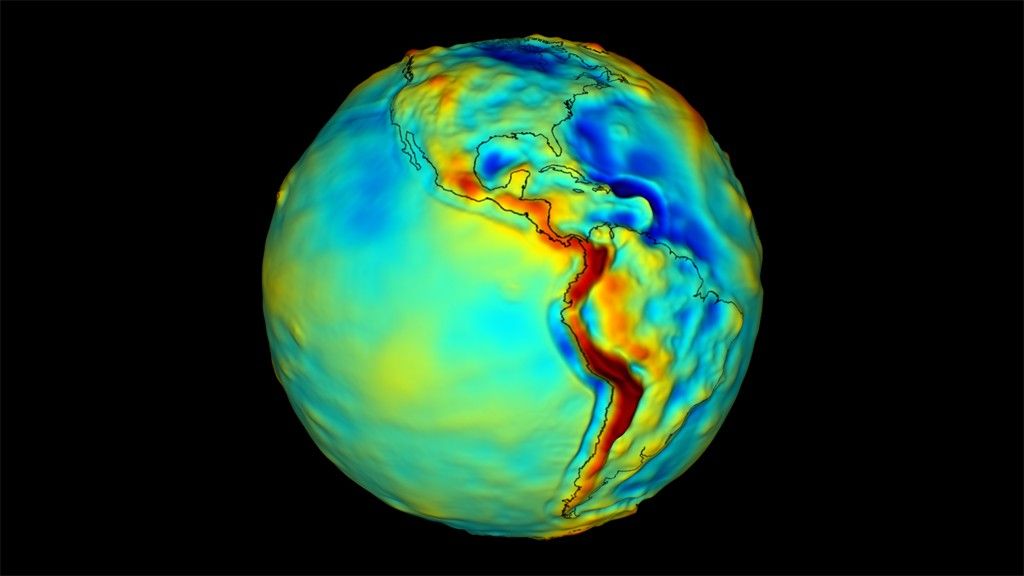
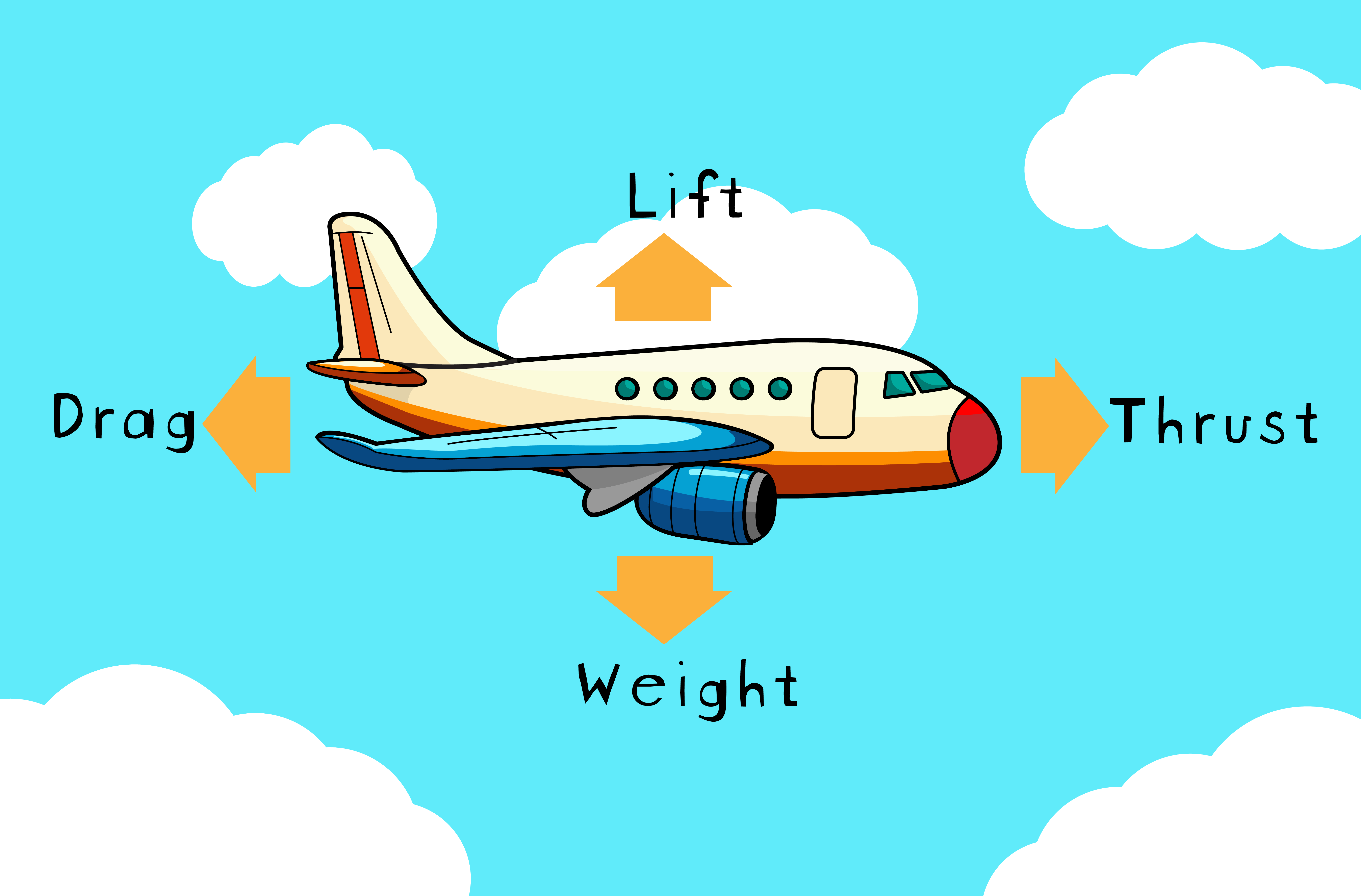




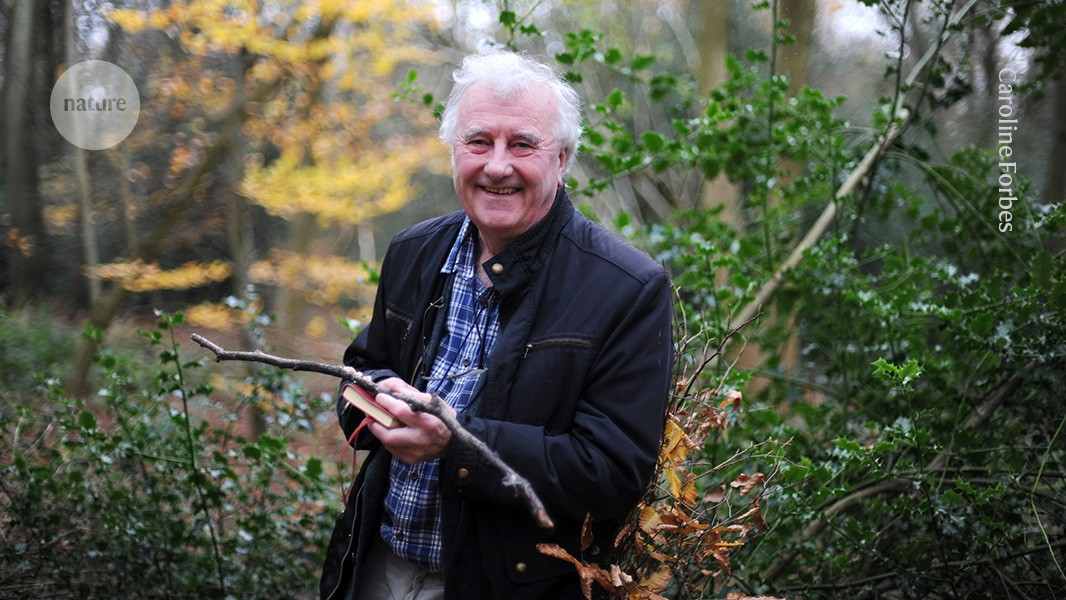













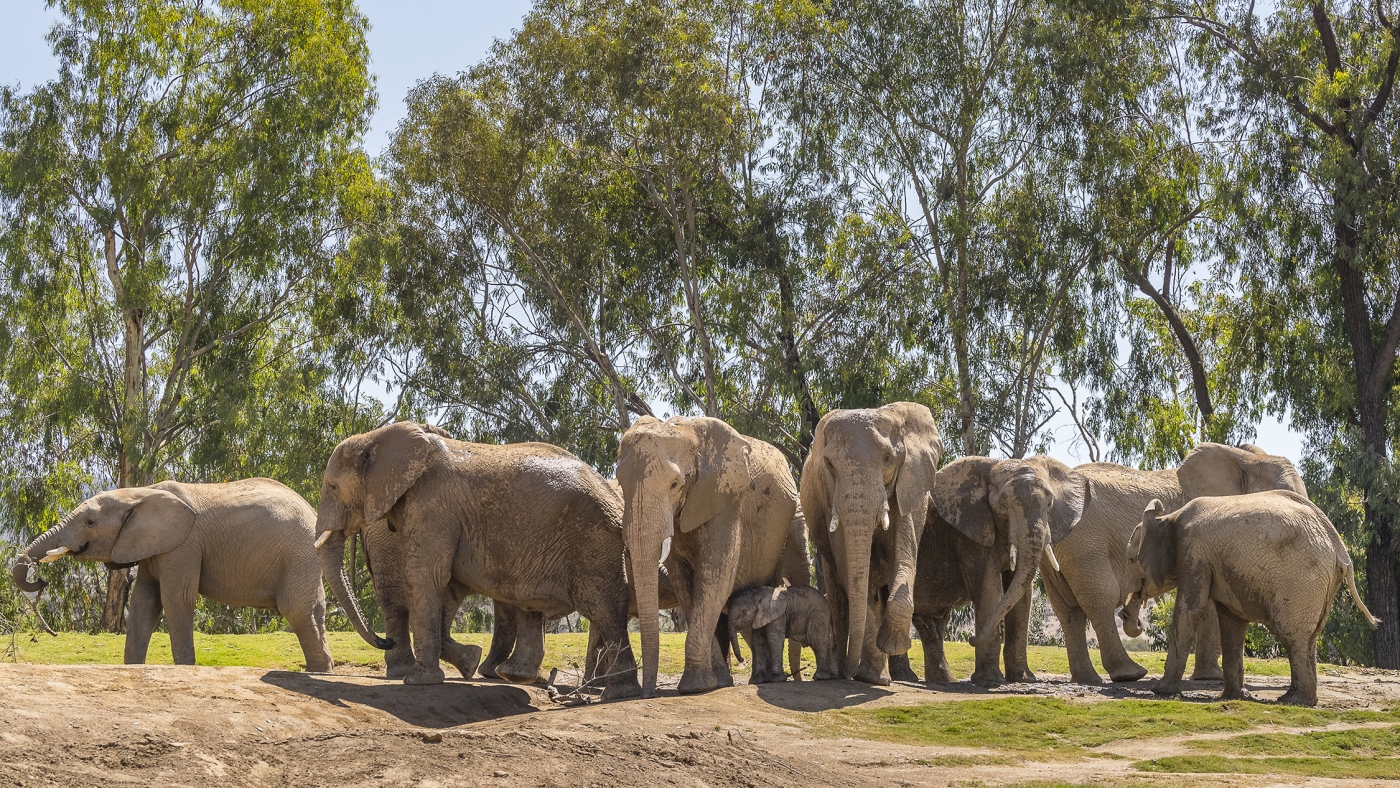





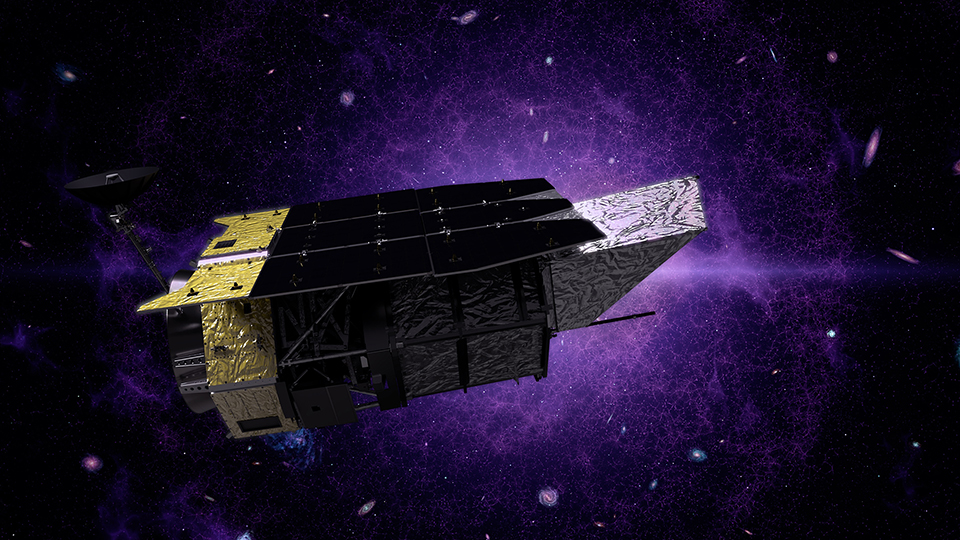




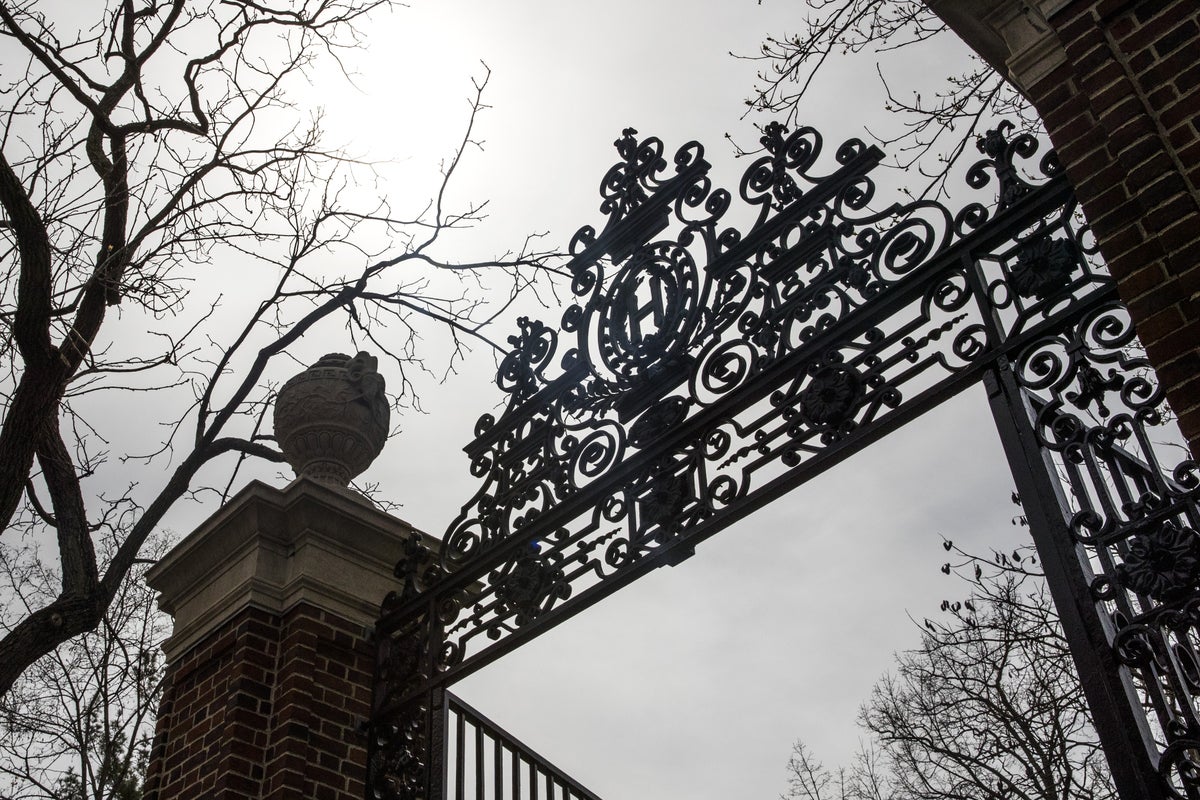
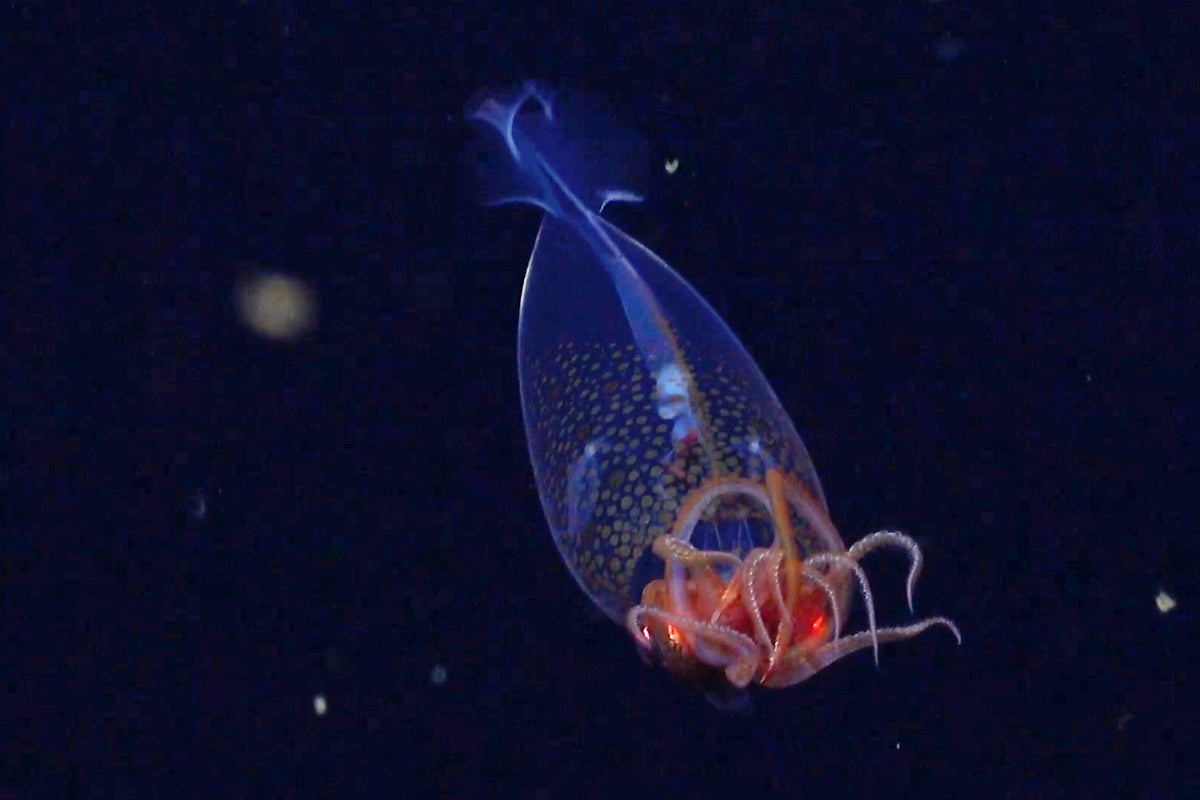
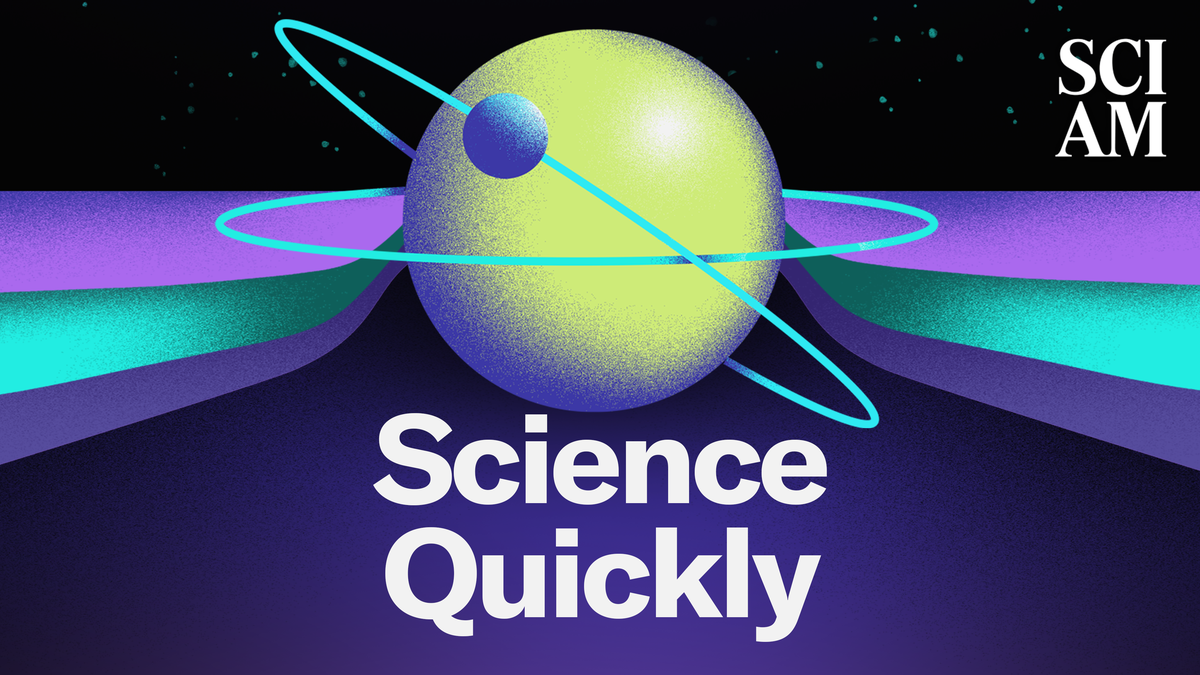

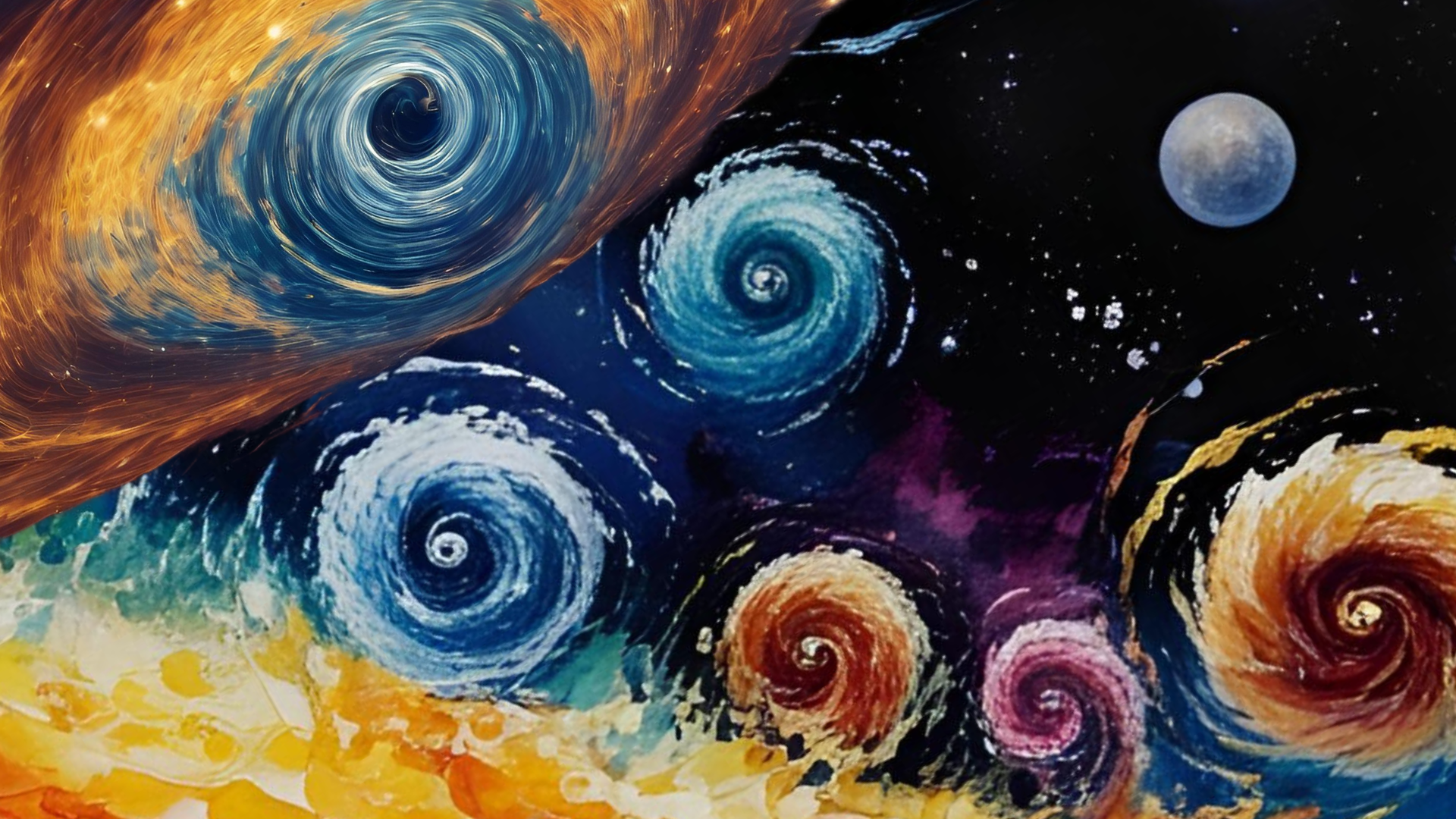
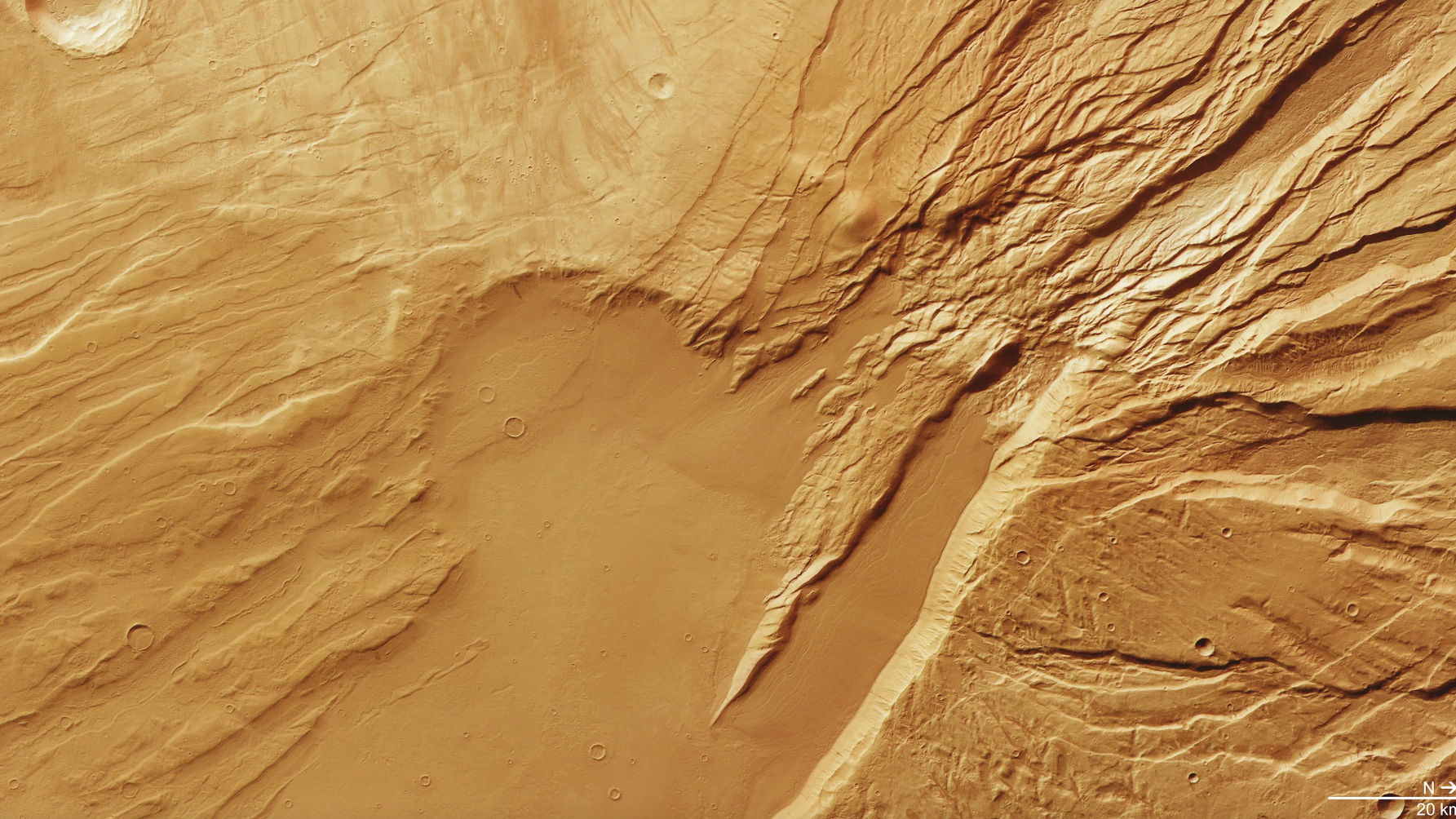
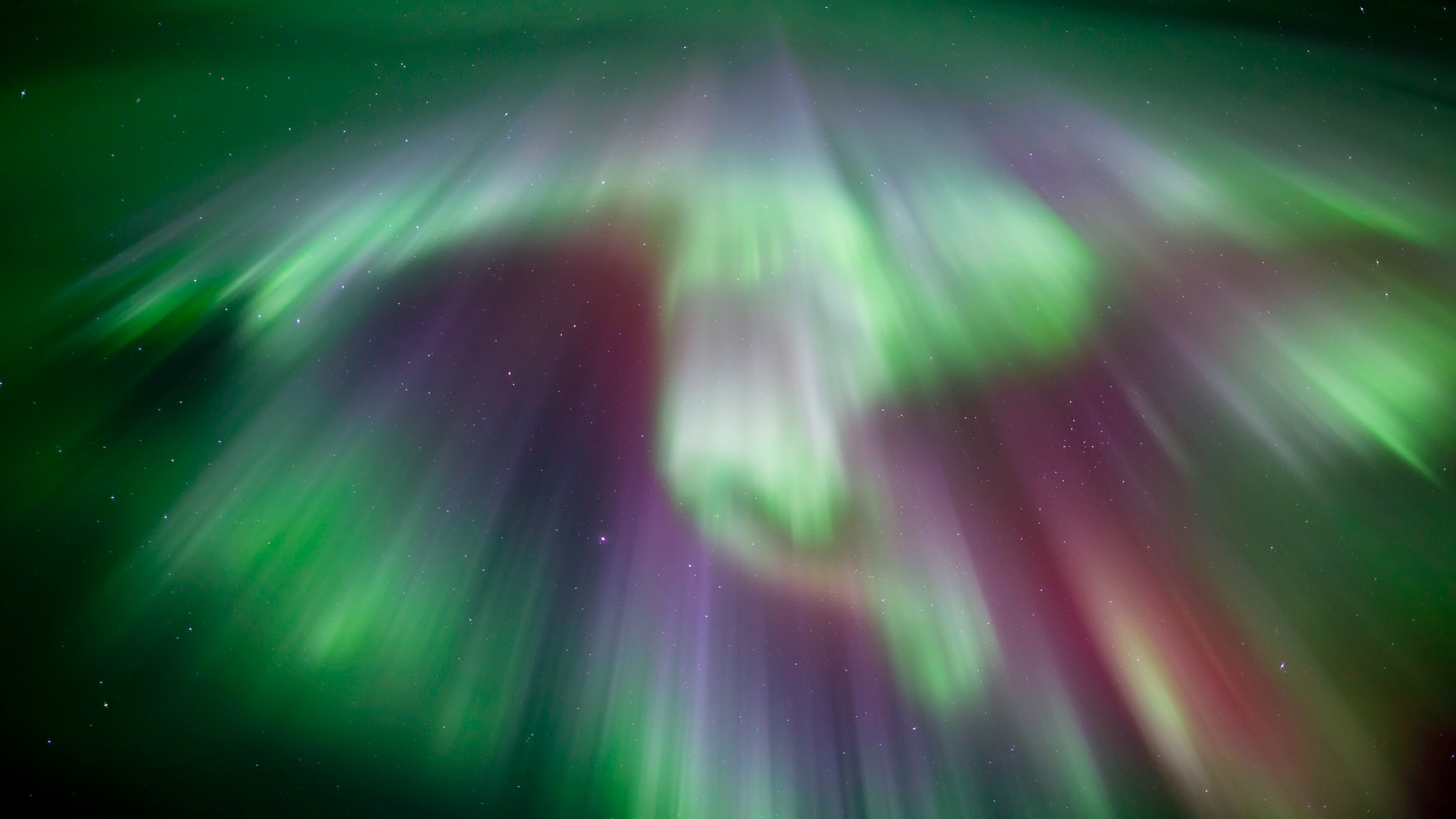
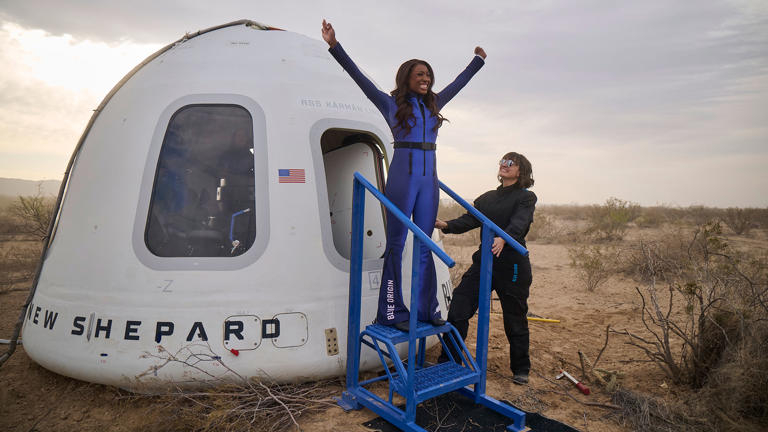

































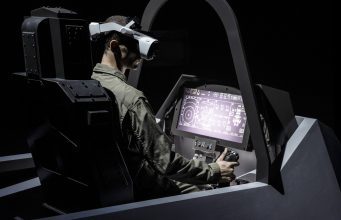


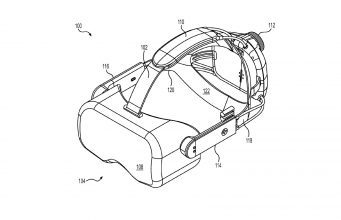



![The breaking news round-up: Decagear launches today, Pimax announces new headsets, and more! [APRIL FOOL’S]](https://i0.wp.com/skarredghost.com/wp-content/uploads/2025/03/lawk_glasses_handson.jpg?fit=1366%2C1025&ssl=1)



